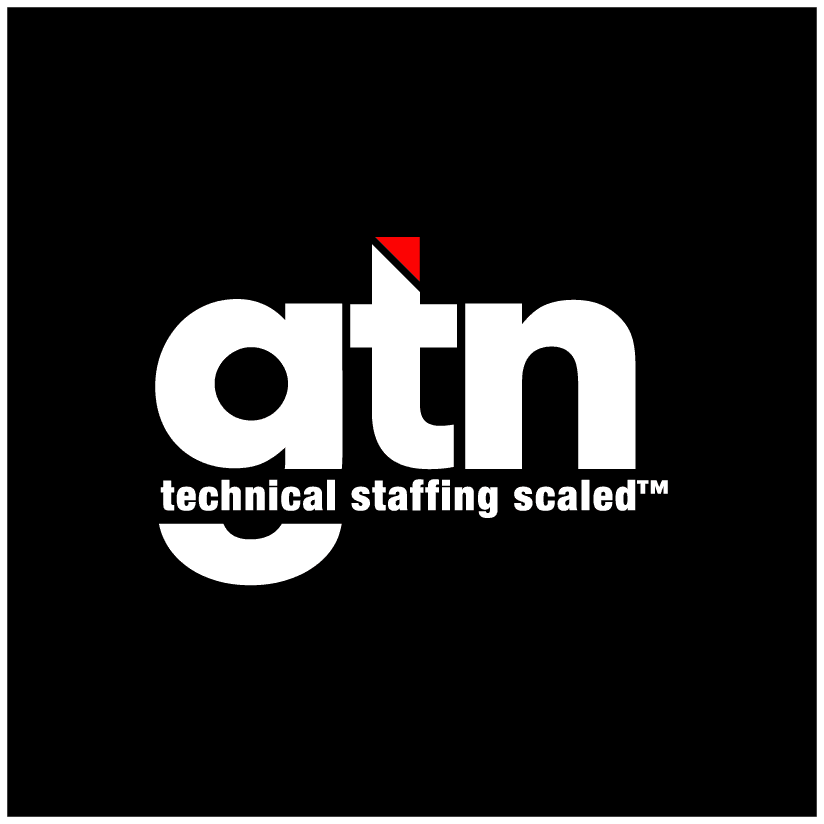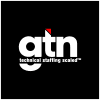It’s 8:30 a.m., and your hiring manager is already knee-deep in emails, interview notes, and sourcing reports. Meanwhile, a recruiter on the team is trying to prioritize callbacks, screen 40 applicants for a DevOps role, and prep a candidate for a final-round interview—all before lunch.
Imagine if half of those tasks disappeared, especially the repetitive, rules-based ones.
That’s the promise of agentic AI in hiring. And it’s not some futuristic pitch; it’s already happening. Autonomous AI agents, capable of making decisions, adapting workflows, and communicating like humans, are stepping into recruiting workflows—and doing it with surprising efficiency.
The software isn’t about replacing recruiters. It’s about giving them better tools to do what they’re best at: building relationships, solving problems, and closing top talent.
Let’s explore how agentic AI is changing the game—and what hiring teams need to know to stay in control of the process.
What is Agentic AI—and Why Does It Matter in Hiring?
Unlike traditional AI, which performs predefined tasks, agentic AI refers to autonomous agents capable of initiating actions, adjusting behavior based on feedback, and coordinating complex sequences with minimal human input. Think of it as going beyond simple automation into orchestration.
In hiring, this means:
- Continuously scanning job boards, GitHub profiles, and social platforms to identify potential candidates without time-consuming manual effort.
- Engaging candidates or client prospects with personalized messages, adjusting tone and content based on your interaction history.
- Screening resumes and technical assessments using dynamic automated decision trees that evolve and “learn” over time.
- Scheduling interviews by syncing calendars, resolving conflicts, and confirming attendance, again, without human intervention.
This technology isn’t just smarter automation; it’s delegation with intelligence, and it’s about to change the world.
From Sourcing to Screening: Where Agentic AI Fits In
Agentic AI is best suited to high-volume, rules-driven workflows. Here’s where it’s showing the most impact.
Talent Sourcing at Scale
Forget keyword-matching bots. Agentic AI can analyze current job descriptions, pull skills taxonomies, and search across multiple platforms (LinkedIn, Stack Overflow, niche communities) to find aligned candidates—sometimes even before they’re actively looking.
It can also learn from past hiring decisions. If your team tends to favor engineers with a certain stack or educational background, the agent starts prioritizing those profiles, refining its accuracy.
Intelligent Screening
Instead of filtering out candidates with hardcoded rules (e.g., “must have 3+ years of Python”), agentic systems assess candidate potential based on resume language, project relevance, GitHub activity, and soft-signal indicators.
These filtering features expand your pipeline. Candidates who were rejected with rigid screening tools might now get a closer look, boosting inclusivity and innovation.
Conversational Engagement
Agentic AI can have extended conversations with candidates through email, SMS, or chat. It can answer FAQs, provide updates, confirm interest, and even help candidates prep for interviews, escalating only when human judgment is needed.
This level of responsiveness improves the candidate experience and reduces ghosting, especially in competitive technical markets.
How This Tech Frees Up Human Recruiters
The real value of agentic AI isn’t in the tasks it takes over—it’s in what it makes possible.
Recruiters no longer need to spend hours toggling between systems, scanning resumes, or chasing down scheduling conflicts. Instead, they can:
- Build deeper relationships with candidates already pre-qualified by AI.
- Consult with hiring managers on long-term talent planning.
- Craft creative outreach strategies for hard-to-fill roles.
- Focus on equity, culture fit, and organizational alignment—areas where the human touch still matters most.
AI enables recruiters to shift from task execution to strategic enablement. Instead of screening candidates by requirement in a time-consuming, scripted approach, the recruiter can focus on the human side of the process, building relationships and digging deeper into finding the perfect match.
Caution: Agentic AI Isn’t Plug-and-Play
As promising as this technology is, implementation requires careful planning. Missteps can create candidate frustration and compliance issues or reinforce existing biases.
Here’s what to watch out for:
- Bias amplification: If your historical hiring data is biased, an AI agent learning from it may perpetuate those biases. Recruiters should always combine AI insights with DEI checks and regular platform audits.
- Transparency concerns: Candidates may not realize they’re interacting with AI. Ensure your communications are clear, ethical, and respect data privacy laws.
- System creep: It’s easy to deploy agentic AI across multiple workflows. But without clear governance, you risk creating unaccountable systems that are hard to debug or explain.
Companies and recruiters should use these tools wisely and remember: Just because it can do something doesn’t mean it should.
Staying Ahead of the Curve: How to Use Agentic AI Responsibly
Success with agentic AI isn’t about adopting the latest tool. It’s about embedding these systems thoughtfully into your hiring strategy.
Here’s how technical teams and talent leaders can make the most of this groundbreaking software:
- Start with one pain point: Don’t automate everything at once. Pick a high-friction area (like sourcing) and test an agentic AI solution before expanding.
- Create human handoff points: Build checkpoints into your workflows where humans can review, refine, or override AI decisions—especially when assessing candidates or communicating sensitive updates.
- Document decision logic: If your AI screens out 100 candidates, you should be able to explain why. Transparent logic builds trust with both internal stakeholders and applicants.
- Keep iterating: Treat your agentic systems like a junior team member; train them, correct them, and feed them better data over time.
What Agentic AI Means for the Future of Hiring
The impact of agentic AI on hiring isn’t subtle—it’s systemic.
We’re moving from systems that assist recruiters to agents that work with them, sometimes independently. As these systems improve, the bar for what makes a recruiter effective will shift from task completion to strategic oversight, empathy, and creative problem-solving.
That’s not a threat. That’s an opportunity.
Organizations that embrace agentic AI as a force multiplier—not a replacement—will attract better talent, make faster decisions, and offer a hiring experience that feels modern and human.
Final Thought: Keep the Human at the Center
At GTN Technical Staffing, we’ve seen firsthand how technology can accelerate hiring and how critical human touchpoints remain, especially in technical fields where nuance matters.
Agentic AI can tee up the best candidates. It can refine your process and reduce your overhead. But it can’t replicate the trust that comes from a real conversation, a thoughtful question, or a gut feeling that a candidate’s the one. As you explore these tools, keep your recruiters front and center. Let AI handle the heavy lifting—so your team can focus on what they do best.
Like what you hear? Have a recruiting challenge? Call the experts at GTN. We can help.





